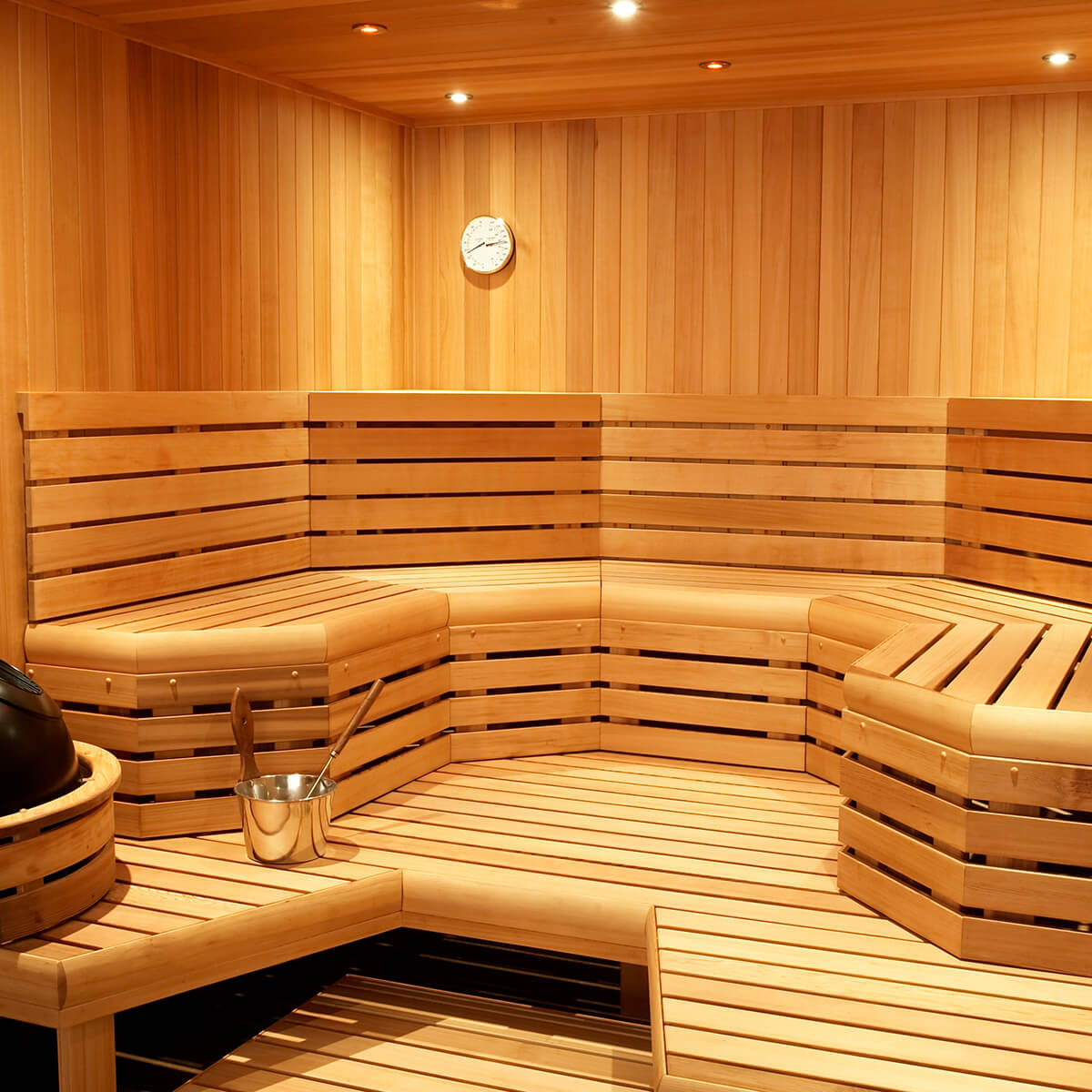Getting My Traditional Sauna To Work
Getting My Traditional Sauna To Work
Blog Article
The Buzz on Traditional Sauna
Table of ContentsOur Traditional Sauna PDFsHow Traditional Sauna can Save You Time, Stress, and Money.Some Known Questions About Traditional Sauna.Some Known Incorrect Statements About Traditional Sauna
The majority of the weight lost in a sauna is water loss and is re-gained upon rehydrating. Nonetheless, undoubtedly sauna can be a vital part of a healthy and balanced weight reduction program. To look at the differences in between typical and IR saunas, I will separate these into verifiable, academic, and produced distinctions.Therefore, the hottest point in the saunawhich is at the ceiling directly over the sauna heateris commonly in between 185 and 190 F. Traditional Sauna. Claims that a standard sauna goes beyond 200 F is just not real and not applicable for electrical saunas marketed in the United States. The temperature level for a far-infrared sauna is generally established between 120 and 140 F; nevertheless, unlike the typical sauna, the objective in and IR space is not to achieve a heat
As a result of this, the temperature distinction is nearly unnecessary, because extreme sweating causes both sauna kinds, however the approach of warming the body is different. In an IR sauna the bather will feel hot and will sweat a lot, however at a lot lower temperature levels. Hence, if the goal is to invest longer durations of time in the sauna, the IR sauna is an excellent option.

Some Known Factual Statements About Traditional Sauna
When the heat is attained, the elements cycle on and off to maintain the heat. Most standard sauna individuals appreciate putting water over the rocks to produce vapor to increase sauna humidity degrees. The benefits of putting water over the rocks include: making the room much more comfortable, dampening the nasal passages, and permitting the use of aromatherapy by blending essential oils with the water.
In a far-infrared sauna, the warmth waves penetrate the body to effectively warm the body and increase the body core temperature level. To achieve this raised temperature, Far-infrared emitters produce infrared power which is close to the exact same wavelength as that which the body naturally emitsoften referred to as the "Essential Array" of 7 to 14 microns), so the power is well gotten by the body.
When the energy goes into the body, it creates the body temperature level to raise and inevitably results in perspiration. In an infrared sauna it is essential for the emitters/heaters to continue to be on virtually constantly. Given that there is no mass of rocks to retain warm, the sauna will cool if the emitters shut down.
As stated above, the sauna bather in an infrared area wishes to place himself before running emitters to obtain maximum take advantage of the warmth. The home heating time for the two areas can be really various, relying on exactly how the rooms are utilized. For a traditional sauna, a bather must permit 30-40 mins for the space to attain a preferred temperature and to effectively pre-heat the rocks.
Excitement About Traditional Sauna
A well created sauna will commonly achieve More about the author a temperature of 150-160 F in regarding 30-40 mins (Traditional Sauna). For hotter temperature levels, the space might need to warm for a longer period. When the area achieves set temperature, the heating system will cycle on and off, commonly operating regarding 50% of the moment. The shielded walls and the heated rocks will maintain the room hot and at stable temperatures.
To some, 15 mins was "lost" while the infrared energy warmed the wood panels instead than heating a body, while others find a pre-heated space to be extra comfy and believe an elevated starting temperature level is go to my blog necessary to start perspiring. from this source The size of suggested usage for each room is approximately the exact same (10-15 mins per session); nonetheless, due to the reduced air temperature levels and the capability to feel the results of infrared warm much faster than a conventional sauna, it is not unusual for an individual to invest a total amount of 20-30 mins in an infrared sauna.
Traditional saunas often tend to be bigger (therefore utilize more power) than infrared saunas, although standard saunas are certainly available in one and two individual sizes. For a two-person traditional sauna, 5x6 or 5x7 size is most prominent. The leading bench can pleasantly seat two or three people and is additionally long enough to relax during the sauna session.


The typical cost per kWH of electrical energy in the united state is roughly $0.11, so a 4.5 kW heating system will cost about $.50 to run for one hour, if the heater runs constantly for one hour. Usually a sauna heating system will compete 75% of the first hour and 50% of subsequent hours on considering that the elements cycle once the established temperature is accomplished.
10 Simple Techniques For Traditional Sauna
A two individual far-infrared space is usually physically smaller than a standard sauna, often about 4' x 4' or smaller. The IR heating unit is typically 1.5-1.7 kW utilizing a 120 volt 15 amp plug-in solution. Because the area can be used quicker than a sauna room, we will think the room is used for to of an hour consisting of warm up time.
There is a seldom reviewed difference in the social experience between the two areas. While our society has lost a few of the social benefit of the standard sauna experience, it can be extremely socially satisfying. From family members time in the sauna, to heart-felt conversations with substantial others, to sauna partiesthe typical sauna experience can cause intimate socializing.
Many greater end infrared rooms include colored light treatment, noise systems and full-glass fronts.
Report this page